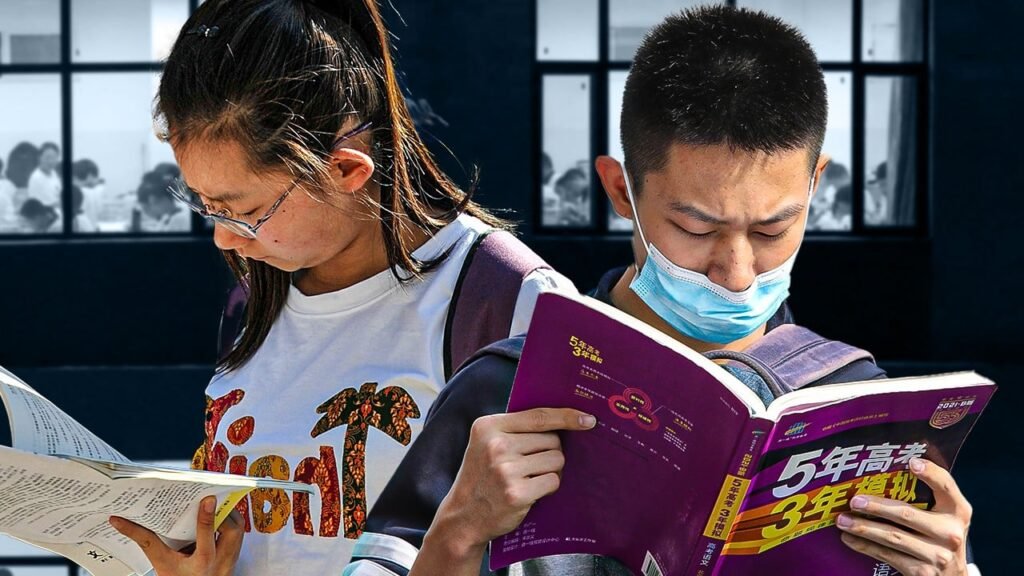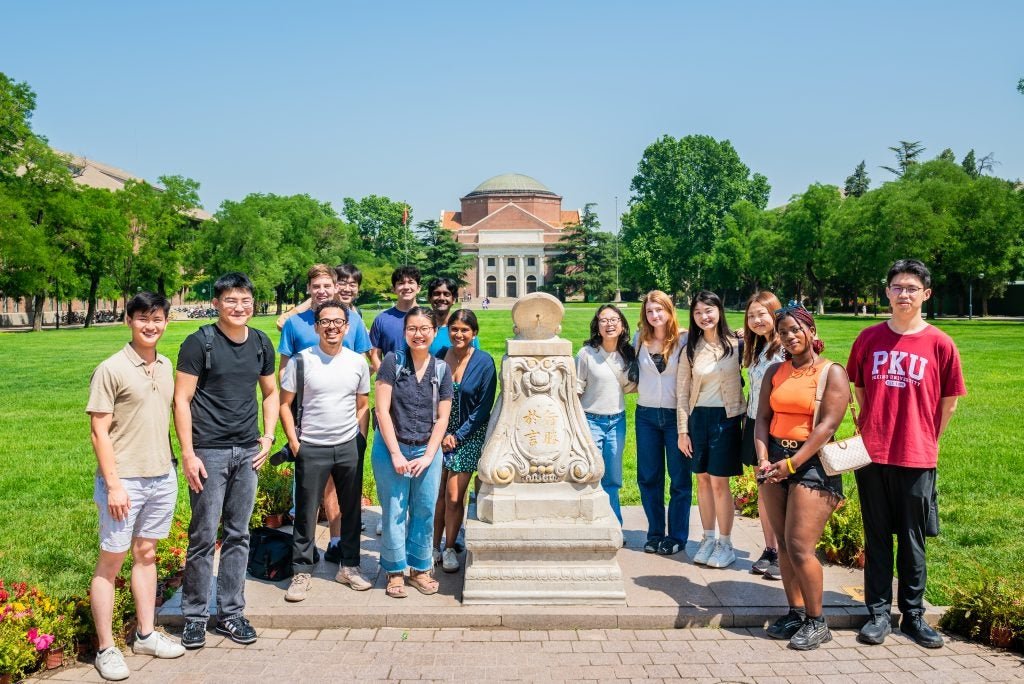Writing on his Truth Social platform, Trump said, “Our deal with China is done, subject to final approval with President Xi and me … We are getting a total of 55% tariffs, China is getting 10%. Relationship is excellent!”
While the 55% tariff figure seemed new, a White House official clarified it included Trump’s pre-existing 25% tariffs, a 20% levy on fentanyl-related goods, and his standard 10% “reciprocal” import tariff.
Rare earths back in the pipeline
Under the new agreement, China has pledged to supply rare earth elements and “full magnets” upfront, aiming to restore access to materials essential for U.S. automotive, electronics, and defence sectors.
“Full magnets, and any necessary rare earths, will be supplied, up front, by China,” Trump said in a follow-up post. “Likewise, we will provide to China what was agreed to, including Chinese students using our colleges and universities (which has always been good with me!).”

Live Events
Commerce Secretary Howard Lutnick, who led the U.S. delegation, said: “We have reached a framework to implement the Geneva consensus and the call between the two presidents.”China dominates more than 70% of global rare earth mining and nearly 90% of the refining process. But Beijing’s export curbs introduced in April, in response to escalating U.S. restrictions, had crippled American car manufacturers who depend on these components for vehicle doors, windshields, and battery systems.
Stalled Geneva deal revived
The London agreement builds on talks in Geneva last month, where both nations had agreed to a 90-day suspension of steep tariffs. However, implementation stalled due to China’s export restrictions and U.S. curbs on semiconductors and student visas.
“The two largest economies in the world have reached a handshake for a framework,” Lutnick said on Tuesday night.
China’s chief negotiator Li Chenggang said the teams would return to their leaders for final direction. China’s Vice Premier He Lifeng called the agreement “hard-won” and urged the U.S. to “demonstrate sincerity in honouring commitments.”
U.S. Trade Representative Jamieson Greer added that while no further talks were scheduled, “We feel positive about engaging with the Chinese.”
Students, chips, and engine parts
Aside from mineral exports, the U.S. agreed to allow Chinese students to continue studying in American institutions—an issue Beijing had repeatedly flagged. Meanwhile, China pushed for the easing of U.S. restrictions on technology exports, including semiconductor design software and jet engine components.
Earlier, China had returned a Boeing 737 as a sign of protest and accused the U.S. of breaching the Geneva consensus. The Chinese Ministry of Commerce criticised Washington for introducing “a number of discriminatory restrictive measures,” including halting AI chip exports and revoking student visas.
Despite these hurdles, Lutnick remained optimistic: “I feel really good about where we got to,” he said.
Domestic angles and strategic stakes
Back in Washington, White House Press Secretary Karoline Leavitt said the administration was already “aggressively moving to onshore critical supply chains, including the production of magnets, in the United States,” following Trump’s direction.
Kevin Hassett, director of the National Economic Council, acknowledged that while China had started to ease restrictions, “it was going a lot slower than some companies believed was optimal.”
With global industries relying heavily on Chinese minerals, this agreement could bring relief across sectors. However, its success now hinges on final approval from Trump and Xi—two leaders who, despite tensions, may be motivated by mutual interest to move ahead.
As Trump summed up on Wednesday: “President XI and I are going to work closely together to open up China to American Trade. This would be a great WIN for both countries!!!”







